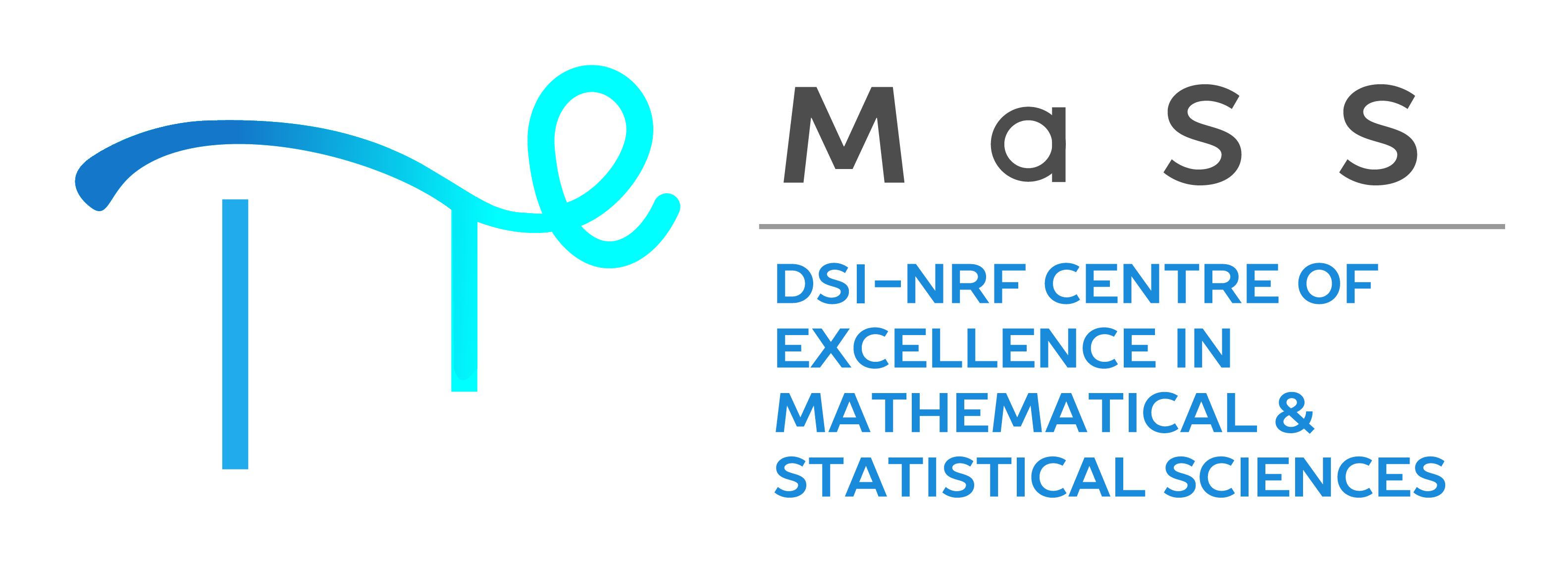Second law analysis of dissipative nanofluid flow past
a moving heated cylindrical surface
I.G. Chokoe\(^*\), O.D.
Makinde, and R.L.
Monaledi,
Faculty of Military Science, Stellenbosch University
SAMS Subject Classification Number: 10, 20, 23
Inherent irreversibility in nanofluid convection over a heated moving surface plays a crucial role in the efficient operation of different engineering processes and quality of industrial products. The interminable list of its engineering applications includes production of composite substances, rocket launching, torpedo, missile, fired bullet, the processing of porous materials, submarine, thermal insulation, fuel production, glass processing, thermal solar panels, and so forth. In this paper, the combined effects of viscous dissipation and nanofluid suction/injection on unsteady Cu-Water nanofluid convection past a heated moving permeable cylindrical surface is theoretically examined. Using appropriate similarity transformation, the governing equations are rendered dimensionless and solved numerically by via shooting method coupled with the Runge-Kutta Fehlberg integration scheme. The expression for entropy production is computed by employing the solutions obtained from the model momentum and energy equations. Effects of physical flow parameters on velocity, temperature, skin friction, Nusselt number, entropy generation rate and Bejan number are displayed graphically and discussed.


